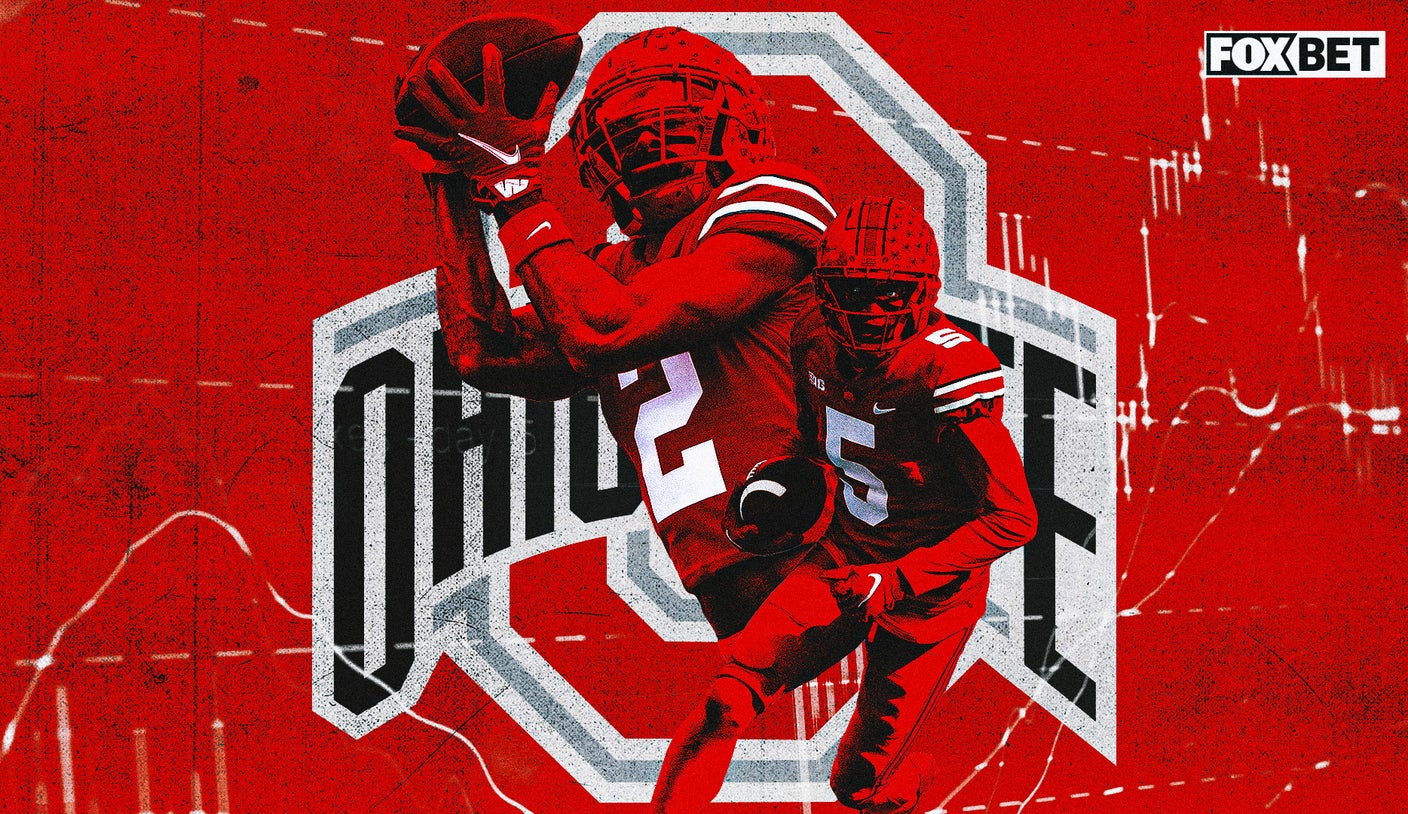
Following the launch in the US in Q3, how did Q4 compare quarter-on-quarter as your US operations developed?
We’re very pleased. Turnover and indexes keep growing handsomely. Margin was still very strong. It was hard to beat last year’s margin of 9.7%, but at 8.5%, it’s still a higher-than-expected margin for us.
How did the NFL perform for you after the initial buzz and excitement at the start of the season in Q3?
There were a lot of very good results for us in the beginning. The results evened out in Q4, but there are not a huge amount of matches in the NFL, and the margin is very much dependent on whether the sporting results are good or bad.
Kambi’s share price has more than doubled from where it was one year ago, from SEK 104 ($11.28) to SEK 210. How would you assess the performance of the share price and how challenging has it been to maintain growth when so many gambling companies have taken a hit to their share price recently?
I think our share price was a bit depressed one year ago as well. Up until Q4 2017, we had some really poor quarters when it came to margin. That’s one reason, but a lot of very positive things happened in the last year. PASPA was repealed and we made some very good signings in the US. We signed with ATG in Sweden.
All in all, it was a fantastic year for us, and I think we may be in a different position to most other gaming companies. We are purely a sportsbook supplier, so I think PASPA had more of a positive impact on us than it did on some other companies.
Your Q4 2018 report mentioned Kambi’s prediction six more states could open this year, including Connecticut, Massachusetts and Michigan. Which of those states would be the most lucrative and why?
I guess it depends on three things. First, the population of the state in question. Second, whether online sports betting will be allowed, and third, how market access is distributed. If you win a customer where you only have two possible licenses in a small state, it can be as lucrative as winning a customer in a state that is ten times bigger, but with 20 licenses. It’s hard to say what the situation is until you see the regulation.
Every state in the US is probably more interesting to us than anything that happens in Europe, where anything that happens is on a national basis. In the US, there is no competition from the beginning. Our operators have a market-leading position in New Jersey and we definitely have a market-leading position in Pennsylvania.
We know you’re not talking specific ps regarding US revenue, but what can you say about the direction of US revenue in Q4 and how satisfied you are with it?
It depends on how many states are opening and how fast, but in a few years’ time, the US part of our business could even be larger than our European business.
In the earnings call this morning, you mentioned the effect of the tax rate in Pennsylvania. To what extent does this make it more difficult to agree deals there?
It doesn’t have an impact, in terms of how we operate, since we don’t do any marketing ourselves. The challenge is more on the operator side, but we take a revenue share after tax, so it certainly has an impact on our revenue.
It was also mentioned on the call this morning that margin has been lower in the US than in Europe. Why is that?
Theoretically, margin should be lower in the US, where bets are mostly placed on North American sports, where people can’t bet on a draw and the paybacks are usually higher. The use of accumulators is less common in the US than in Europe too.
How would the Q4 2018 ps compare on a like-for-like basis when factoring in performance with your pre-existing clients and markets?
We haven’t given any ps on that, but what I can say is we are very happy with how we performed with the pre-existing customers as well. Our revenue increase has not just been driven by our US operations.
What are your overall expectations for 2019?
I think we are set up in a fantastic position. We have really proved ourselves in the US market. We have very strong opportunities with new customers that are set up to take strong market share. I think we are also set up well in Latin America and Europe.



